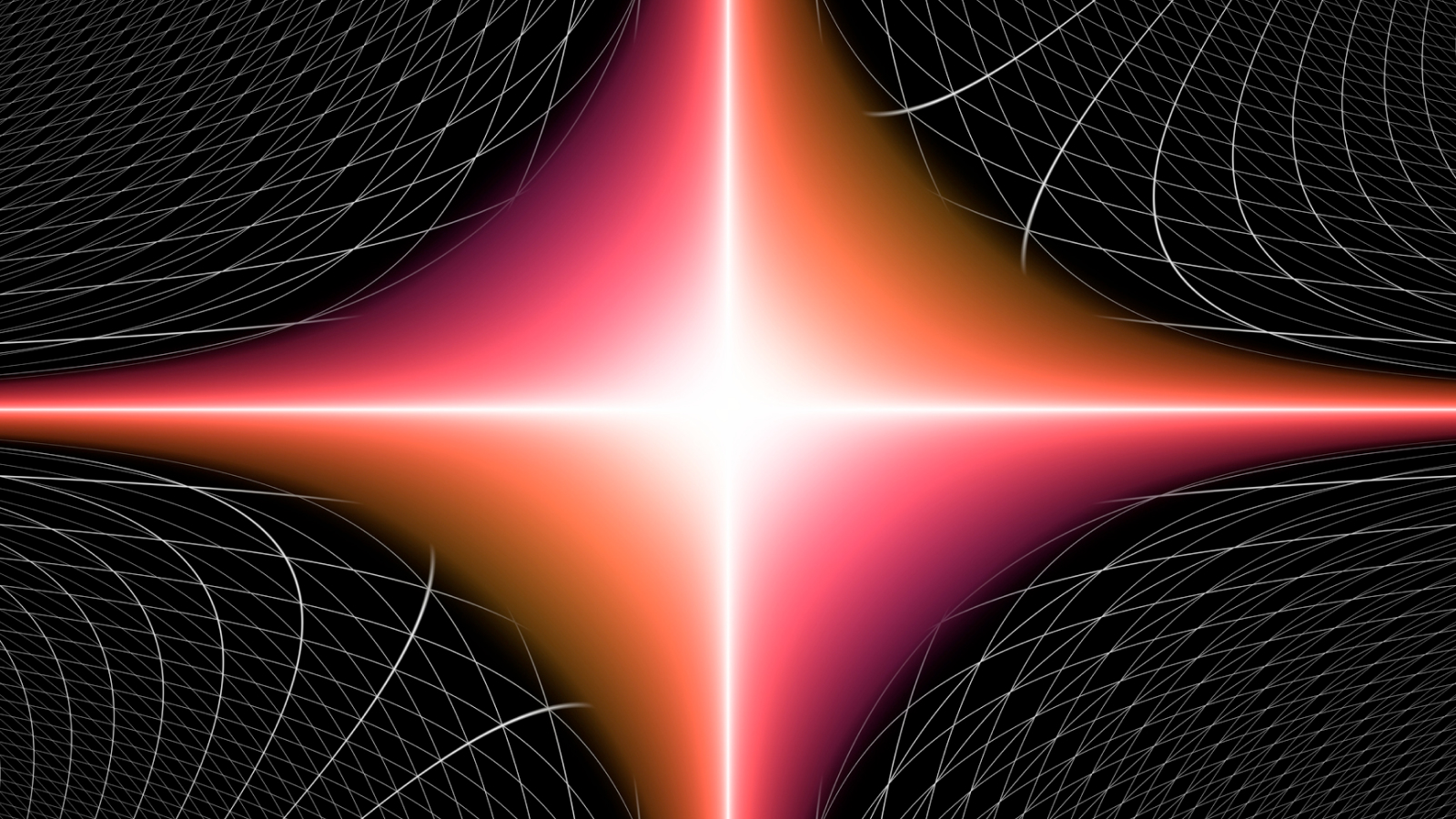Qubits are notoriously prone to failure — but building them from a single laser pulse may change this
Qubits are normally made from superconducting metals and need to be cooled to near absolute zero to avoid collapsing. But scientists just built an error-free "logical qubit" from a single laser pulse — and it works at room temperature.

Scientists have created an error-free quantum bit, or qubit, from a single pulse of light, raising hopes for a light-based room-temperature quantum computer in the future.
While bits in classical computers store information as either 1 or 0, qubits in quantum computers can encode information as a superposition of 1 and 0, meaning one qubit can adopt both states simultaneously.
When quantum computers have millions of qubits in the future, they will process calculations in a fraction of the time that today's most powerful supercomputers can. But the most powerful quantum computers so far have only been built with roughly 1,000 qubits.
Most qubits are made from a superconducting metal, but these need to be cooled to near absolute zero to achieve stability for the laws of quantum mechanics to dominate. Qubits are also highly prone to failure, and if a qubit fails during a computation, the data it stores is lost, and a calculation is delayed.
One way to solve this problem is to stitch multiple qubits together using quantum entanglement, an effect Albert Einstein famously referred to as "spooky action at a distance. By connecting them intrinsically through space and time so they share a single quantum state, scientists can form one "logical qubit," storing the same information in all of the constituent physical qubits. If one or more physical qubits fails, the calculation can continue because the information is stored elsewhere.
Related: How could this new type of room-temperature qubit usher in the next phase of quantum computing?
But you need many physical qubits to create one logical qubit. Quantum computing company QuEra and researchers at Harvard, for example, recently demonstrated a breakthrough in quantum error correction using logical qubits, publishing their findings Dec. 6, 2023, in the journal Nature. This will lead to the launch of a quantum computer with 10 logical qubits later this year — but it will be made using 256 physical qubits.
Sign up for the Live Science daily newsletter now
Get the world’s most fascinating discoveries delivered straight to your inbox.
For that reason, researchers are looking at alternative ways to create qubits and have previously demonstrated that you can create a physical qubit from a single photon (particle of light). This can also operate at room temperature because it doesn't rely on the conventional way to make qubits, using superconducting metals that need to be cooled. But single physical photonic qubits are still prone to failure.
In a study published in August 2023 in the journal Nature, scientists showed that you can successfully entangle multiple photonic qubits. Building on this research, the same team has now demonstrated that you can create a de facto logical qubit — which has an inherent capacity for error correction — using a single laser pulse that contains multiple photons entangled by nature. They published their findings Jan. 18 in the journal Science.
"Our laser pulse was converted to a quantum optical state that gives us an inherent capacity to correct errors," Peter van Loock, a professor of theoretical quantum optics at Johannes Gutenberg University of Mainz in Germany and co-author of the Dec. 6 study, said in a statement. "Although the system consists only of a laser pulse and is thus very small, it can — in principle — eradicate errors immediately."
Based on their results, there's no need to create individual photons as qubits from different light pulses and entangle them afterward. You would need just one light pulse to create a "robust logical qubit," van Loock added.
Although the results are promising, the logical qubit they created experimentally wasn't good enough to achieve the error-correction levels needed to perform as a logical qubit in a real quantum computer. Rather, the scientists said this work shows you can transform a non-correctable qubit into a correctable qubit using photonic methods.

Keumars is the technology editor at Live Science. He has written for a variety of publications including ITPro, The Week Digital, ComputerActive, The Independent, The Observer, Metro and TechRadar Pro. He has worked as a technology journalist for more than five years, having previously held the role of features editor with ITPro. He is an NCTJ-qualified journalist and has a degree in biomedical sciences from Queen Mary, University of London. He's also registered as a foundational chartered manager with the Chartered Management Institute (CMI), having qualified as a Level 3 Team leader with distinction in 2023.









